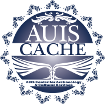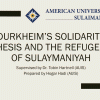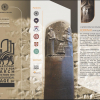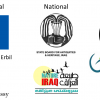Dr. Tobin Hartnell, director of CACHE; Mohammed Dler Mohammed, an AI programmer and recent graduate of AUIS, and Adam Azad Tawfeeq, an IT student, conducted a joint presentation in Vienna this week about the application of Artificial Intelligence to the study of cultural heritage in Iraq.
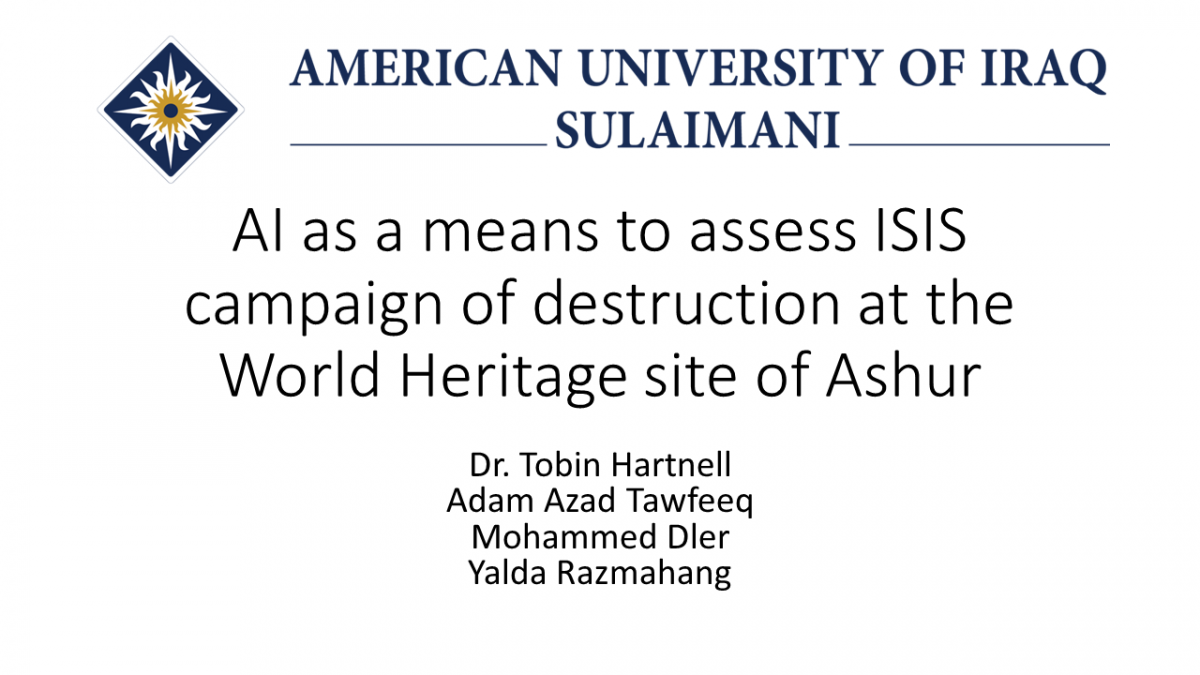
AUIS CACHE collected almost 12,000 photographs of the world heritage site of Ashur using a DJI Phantom Pro 4. By flying at low altitude (30 m), and shooting at high definition (4K), it was possible to collect imagery with 1 cm/pixel accuracy or roughly 100x better than commercial satellite imagery available for the region. This photography is then compiled using Agisoft Megashape to create a series of 3D shapefiles that are then stitched together. Each section of the map takes over a day to compile, so Adam Azad and Yalda Razmahang will complete the final 3D model of Ashur in the next few weeks.

Adam Azad Tawfeeq launches the drone by hand one early morning at Ashur (Photo: Tobin Hartnell, AUIS CACHE)
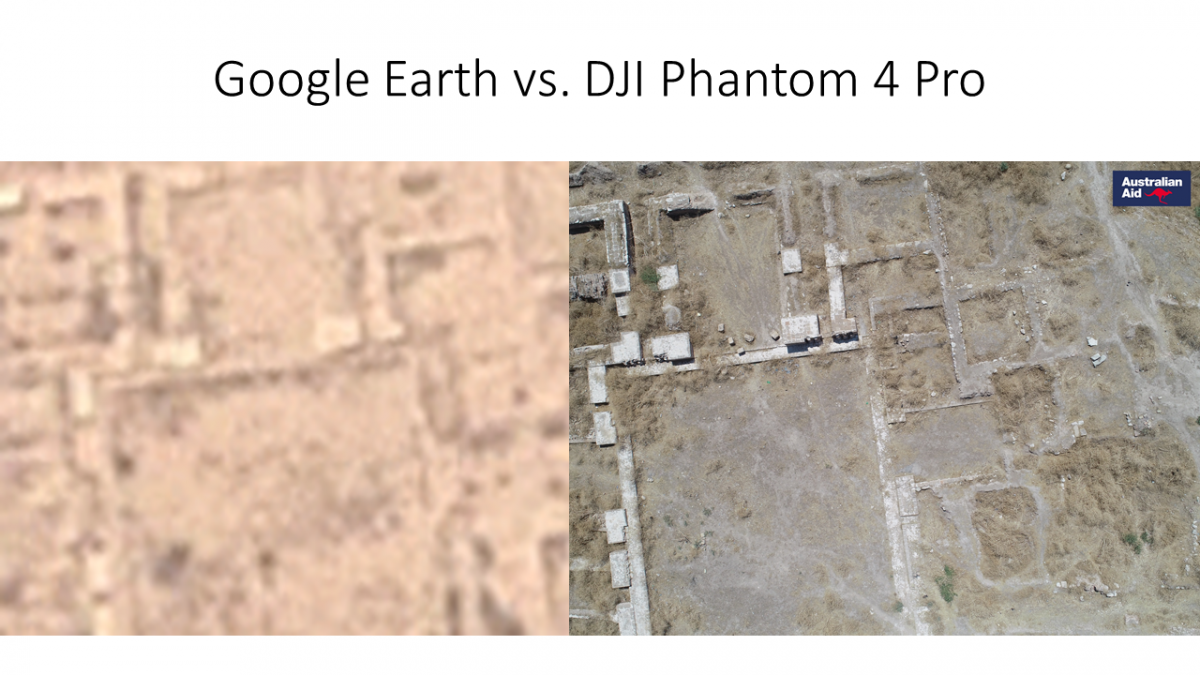
Our drone photography had an average resolution of 1 cm/pixel, which is roughly 100x better than Google Earth (Photo: Adam Azad Tawfeeq/Tobin Hartnell, AUIS CACHE; Google Earth)
Mohammed Dler used pycharm and the Tensorflow library to create an Artificial Intelligence (AI) algorithm that can distinguish between different archaeological features at the site. In the interim, Dr. Tobin Hartnell worked with Mohammed Dler and the students of AUIS to categorize the subject matter of the 12,000 photos in preparation for training the algorithm. Originally designed to document ISIL extent of looting, the algorithm will be used for the creation of a new master plan. Trials of AI were successful, and we will update this blog with some preliminary results in December.
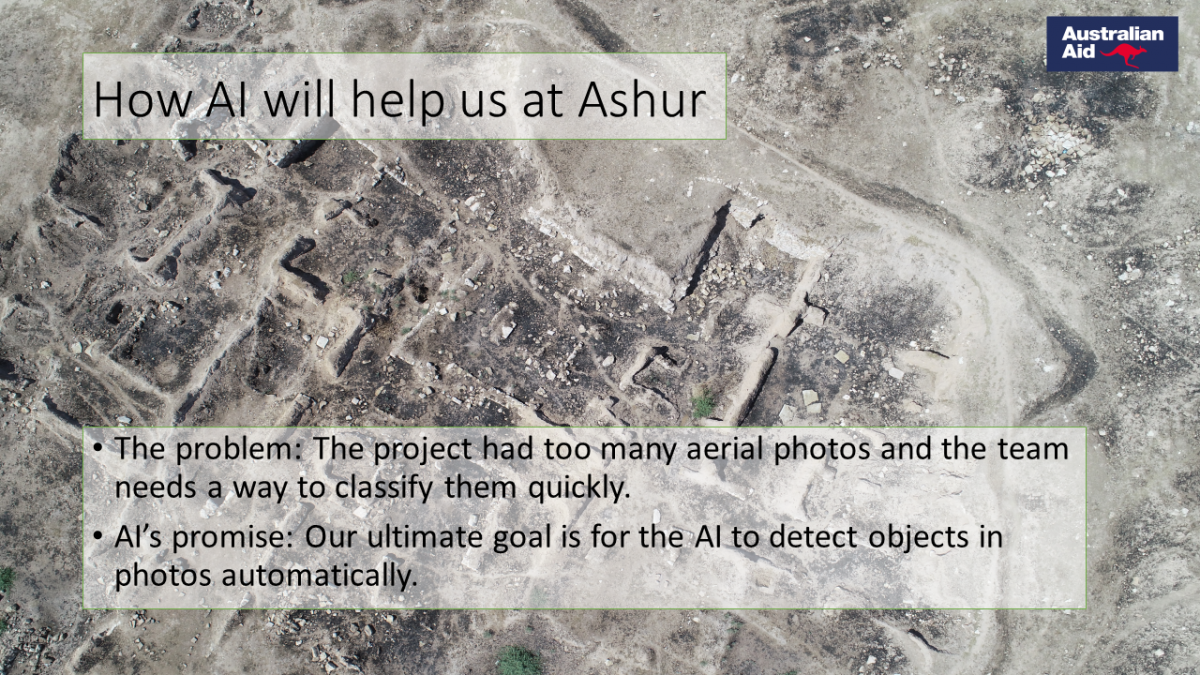
The first generation of our Artificial Intelligence algorithm can detect features amongst the 12,000 aerial photos (Photo: Adam Azad Tawfeeq, AUIS CACHE)
Thank you to Omar al-Rawi, Member of the Provincial Parliament of Vienna, and Dr. Wolfgang Börner for hosting this event in Vienna's beautiful Town Hall. A particular thank you to the conference organizers this year for waiving the registration fee for the Iraqis and their tireless support of visa applications for Austria. We look forward to returning again next year with an updated algorithm that can detect objects automatically in complex imagery.
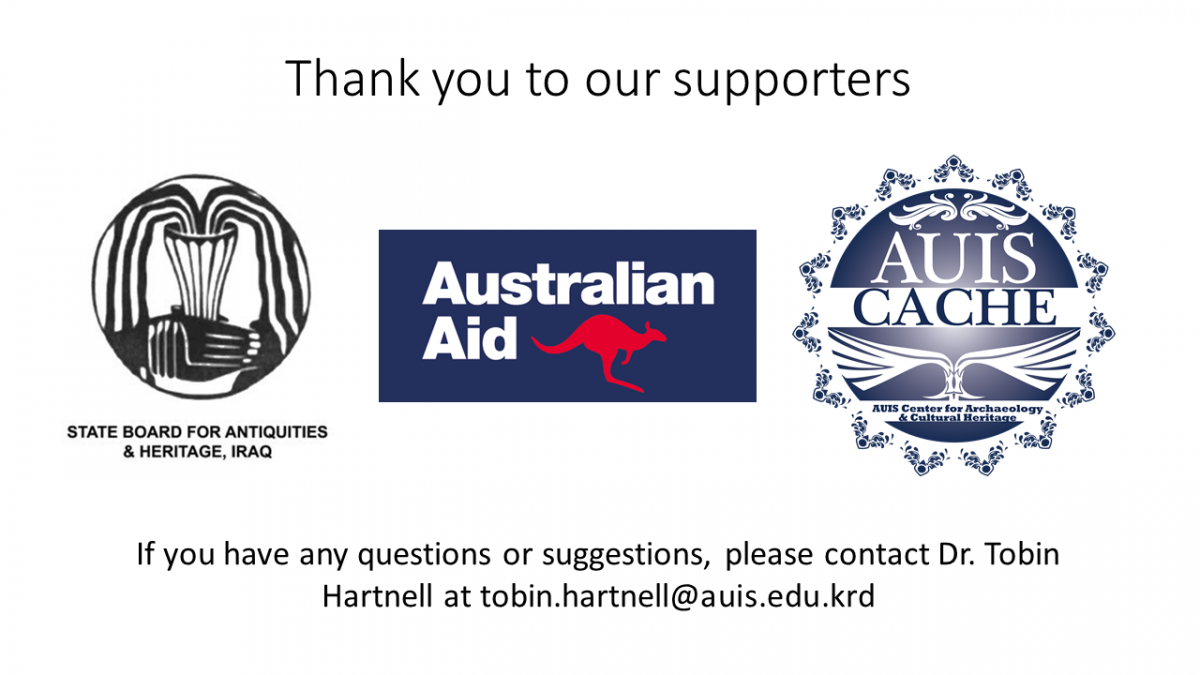
Thank you to the Australian Embassy Direct Aid Program (DAP) for supporting the first phase of this project. Thank you to the Minister of Culture, His Excellency Abdulamir al-Hamdani, for your continued support. Thank you to the people of Sherqat for welcoming us at Ashur.
